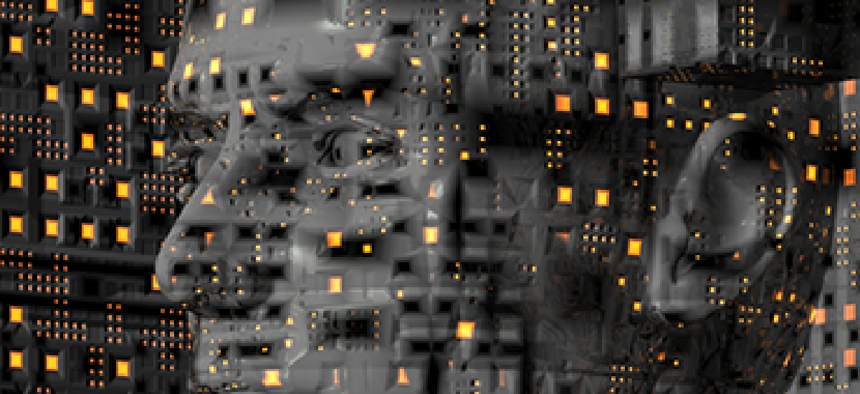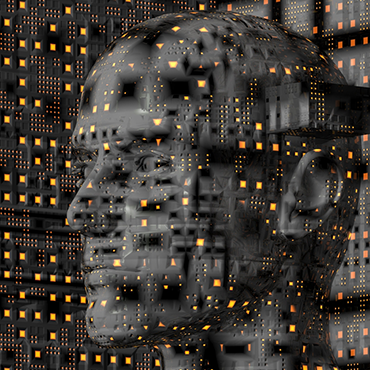Scouting new vistas in mind-machine connections

IARPA and Sandia National Labs have joined forces to reverse-engineer the algorithms of the human mind.

Sandia National Laboratories and the Intelligence Advanced Research Projects Activity are working together to find ways to equip computers with algorithms that can recognize visual subtleties the human brain can divine in an instant.
They are overseeing a program called Machine Intelligence from Cortical Networks, which seeks to supercharge machine learning by combining neuroscience and data science to reverse-engineer the human brain's processes, according to IARPA, which launched the effort in 2014.
Sandia officials recently announced plans to referee the brain algorithm replication work of three university-led teams. The teams will map the complex wiring of the brain's visual cortex, which makes sense of input from the eyes, and produce algorithms that will be tested over the next five years.
Other research teams will use different techniques to map the visual cortex, with the goal of generating new models of brain function. The five-year objective is to create an artificial intelligence capability that can recognize and classify unknown objects.
The MICrONS program is just a piece of the Brain Research Through Advancing Innovative Neurotechnologies "grand challenge" that the White House announced in 2013 "to revolutionize our understanding of the human mind and uncover new ways to treat, prevent, and cure brain disorders like Alzheimer’s, schizophrenia, autism, epilepsy, and traumatic brain injury."
The Sandia/IARPA research is designed to pave the way for a deeper understanding of how the brain identifies patterns and classifies objects, such as understanding that a green apple is still an apple even though it's not red.
Replicating those kinds of nuances can improve how computer algorithms perform, according to researchers. Practical applications of that capability could, for example, improve how national security and intelligence analysts find patterns in huge datasets.





